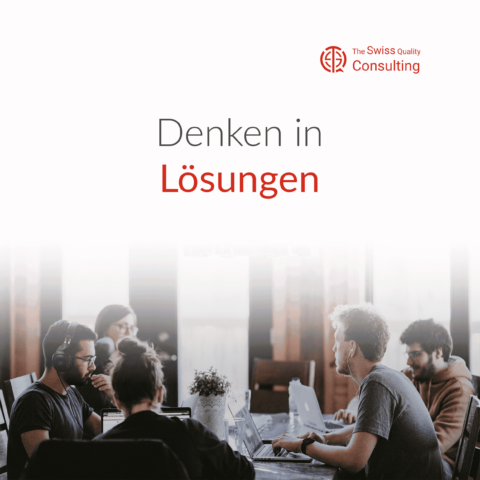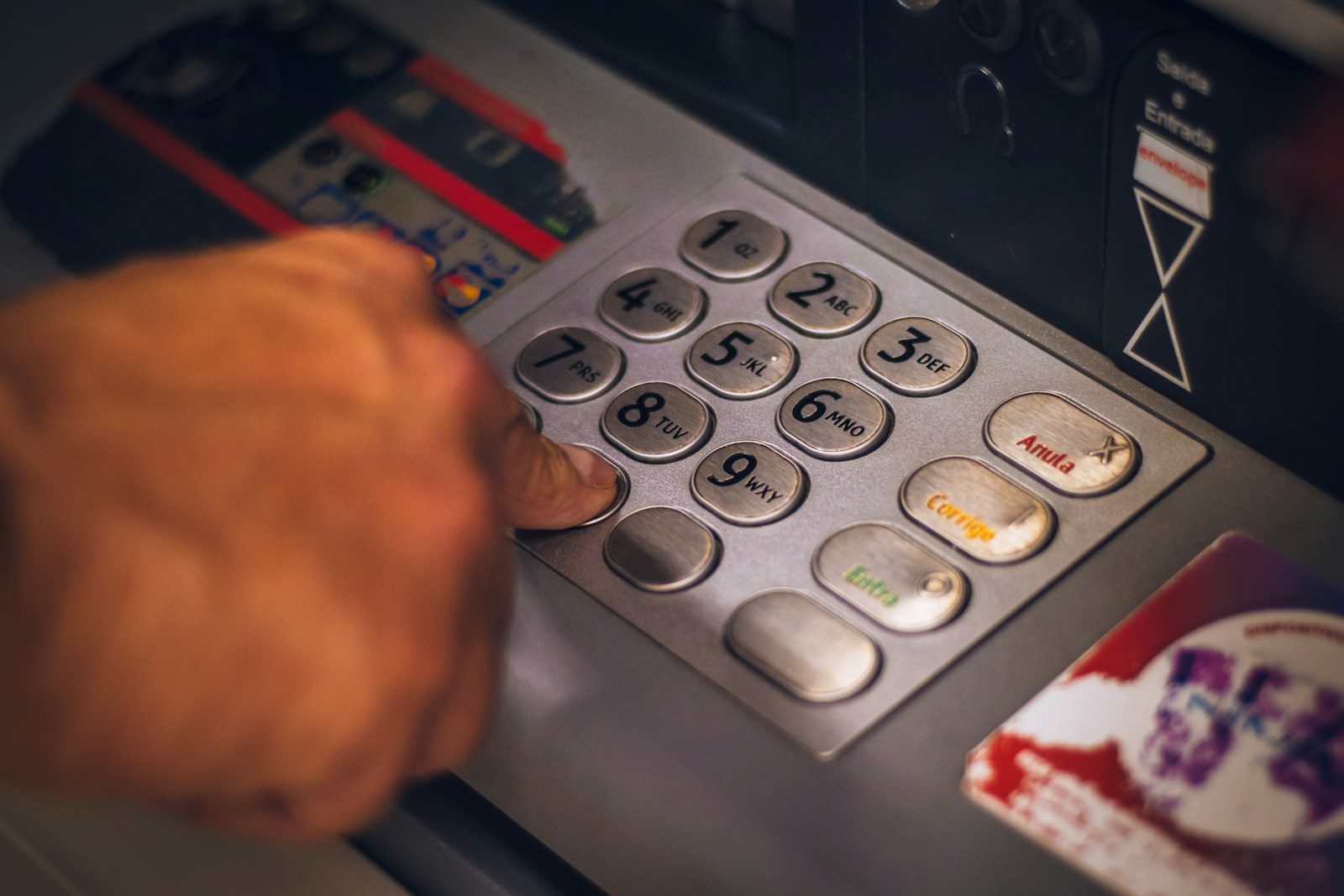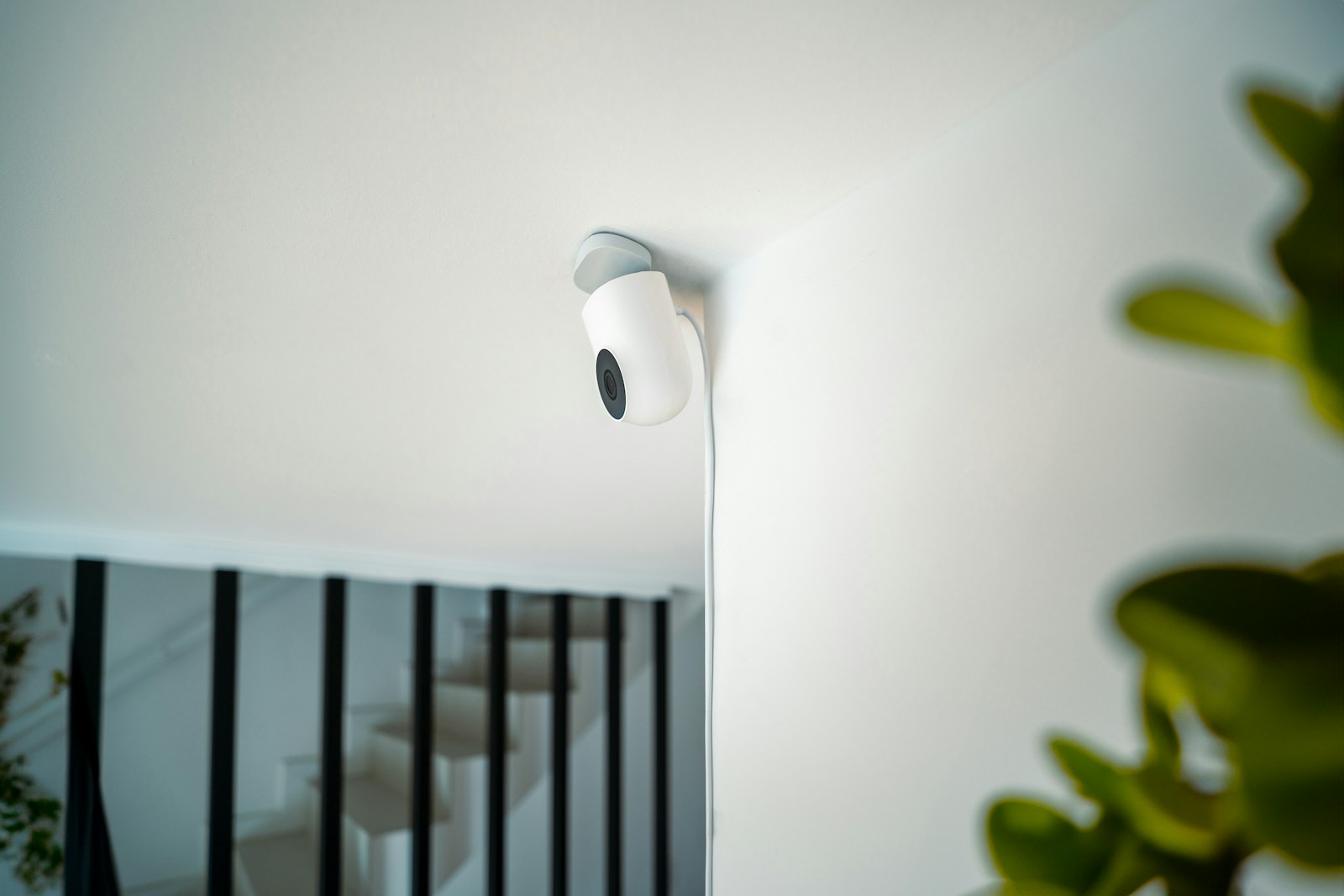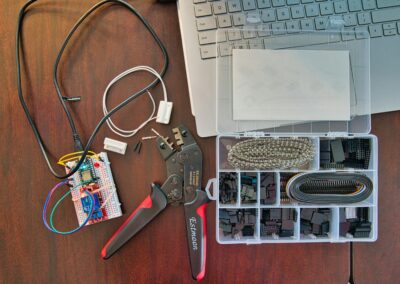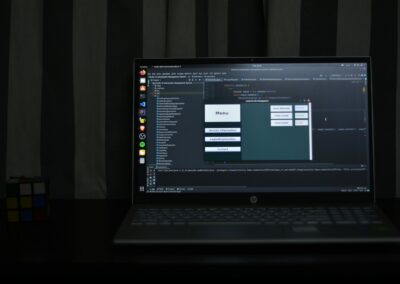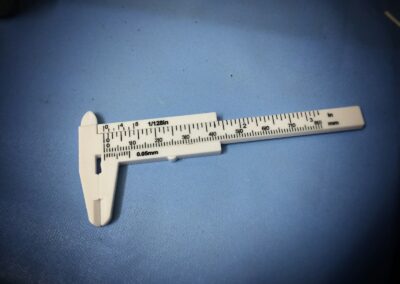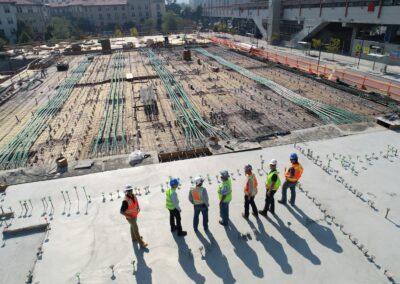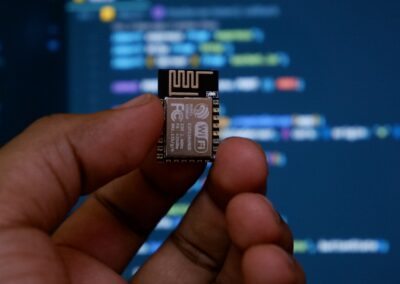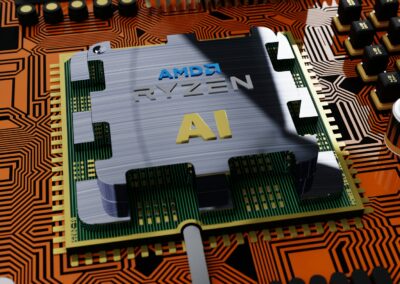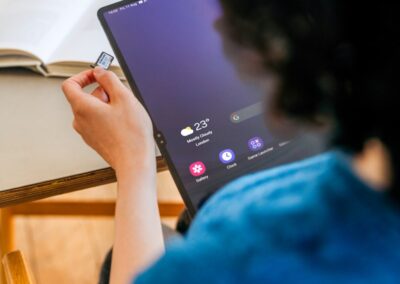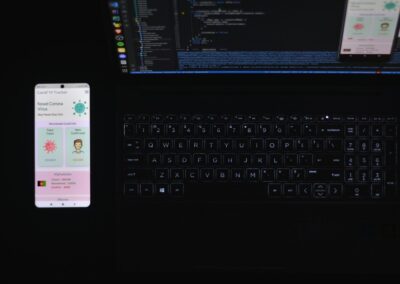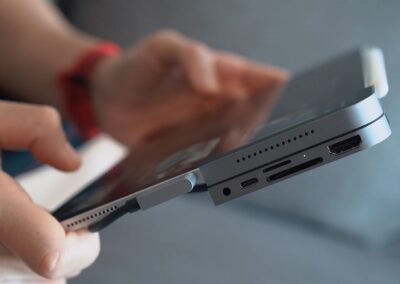Key Insights for Business Executives in Saudi Arabia and UAE
Challenges in IoT Interoperability and Their Solutions
The deployment of IoT in education is not just a technical endeavor; it’s a strategic initiative that demands careful planning and execution. One of the primary challenges that arise in such large-scale IoT deployments is achieving interoperability across various devices and platforms. IoT interoperability in education is critical, especially in regions like Saudi Arabia and the UAE, where educational institutions are increasingly adopting smart technologies to enhance learning experiences. This challenge is magnified when different devices from multiple vendors must communicate seamlessly to provide a unified learning environment.
To address these challenges, educational institutions must first establish a clear framework that outlines the specific interoperability requirements. This includes understanding the diverse range of devices that will be integrated, such as smart boards, student devices, and administrative tools. The lesson learned from successful deployments is that investing in standardization early in the project can prevent costly delays and compatibility issues later on. Institutions in Riyadh and Dubai, for example, have benefited from adopting industry standards that ensure different IoT devices can work together without conflicts. Additionally, collaborating with technology providers who understand the local educational landscape can significantly enhance the success of IoT deployments in these regions.
Another critical aspect of achieving IoT interoperability in education is the implementation of robust communication protocols. The use of open communication standards, such as MQTT or CoAP, allows devices to exchange data efficiently, regardless of the manufacturer. This approach not only facilitates smoother integration but also provides the flexibility needed to scale the system as more devices are added. In this context, business executives and mid-level managers must prioritize the selection of technology partners who are committed to adhering to these standards, ensuring that the educational infrastructure remains future-proof and adaptable to new technological advancements.
Strategic Approaches to Managing IoT Deployment in Education
Managing a large-scale IoT deployment in education requires more than just technical expertise; it demands a strategic vision that aligns with the long-term goals of the institution. In Saudi Arabia and the UAE, where educational systems are rapidly modernizing, the strategic approach to IoT deployment must consider not only the current technological landscape but also future trends. One of the key lessons learned from successful IoT deployments is the importance of stakeholder engagement. By involving educators, IT professionals, and administrative staff from the outset, institutions can ensure that the deployment aligns with their specific needs and objectives.
A significant part of this strategic approach involves conducting thorough pilot tests before full-scale deployment. Pilot testing allows institutions to identify potential interoperability issues in a controlled environment, providing an opportunity to address them before they impact the broader system. For instance, schools in Riyadh have successfully used pilot programs to refine their IoT deployments, ensuring that all devices and platforms work together seamlessly. This proactive approach minimizes the risk of disruptions during the full-scale rollout and ensures a smoother transition to a connected learning environment.
Furthermore, executive coaching services can play a vital role in supporting educational leaders as they navigate the complexities of IoT deployments. Coaching can provide these leaders with the skills and knowledge necessary to make informed decisions about technology integration, helping them to better understand the implications of IoT interoperability in education. This support is particularly valuable in regions like Dubai, where the pace of technological change is rapid, and leaders must be agile in adapting to new developments. By fostering a culture of continuous learning and adaptation, educational institutions can not only achieve successful IoT deployments but also set the stage for ongoing innovation and improvement.
Ensuring Long-Term Success and Sustainability in IoT Interoperability
Achieving IoT interoperability in education is only the first step; ensuring its long-term success and sustainability requires ongoing effort and adaptation. One of the lessons learned from large-scale deployments is the importance of continuous monitoring and maintenance. In the dynamic environments of Saudi Arabia and the UAE, where technological infrastructure is constantly evolving, institutions must be prepared to update and upgrade their IoT systems regularly. This involves not only keeping the software up to date but also ensuring that new devices can be integrated without disrupting existing operations.
Another critical factor in sustaining IoT interoperability is the role of data management. As IoT devices generate vast amounts of data, educational institutions must implement robust data management strategies that ensure the information is accurate, secure, and accessible. The integration of blockchain technology can offer a solution to these challenges by providing a secure and transparent way to manage data across multiple devices and platforms. By leveraging blockchain, institutions can enhance the reliability of their IoT systems, ensuring that data integrity is maintained, and interoperability is preserved.
Finally, the success of IoT interoperability in education also depends on the continuous professional development of educators and IT staff. As new technologies emerge, it is essential for staff to stay informed and trained on the latest tools and best practices. This is particularly important in regions like Riyadh and Dubai, where the adoption of modern technology in education is a key priority. By investing in ongoing training and development, institutions can ensure that their staff are equipped to manage and sustain IoT deployments, ultimately leading to a more effective and innovative learning environment.
In conclusion, IoT interoperability in education is a complex but achievable goal that requires careful planning, strategic management, and ongoing commitment. By learning from successful deployments in regions like Saudi Arabia and the UAE, educational institutions can navigate the challenges of IoT integration and create a connected, future-ready learning environment that benefits both students and educators.
—
#IoTinteroperability, #educationtechnology, #SaudiArabiaeducation, #UAEeducation, #moderntechnology, #blockchainineducation, #businesssuccess, #executivecoaching



